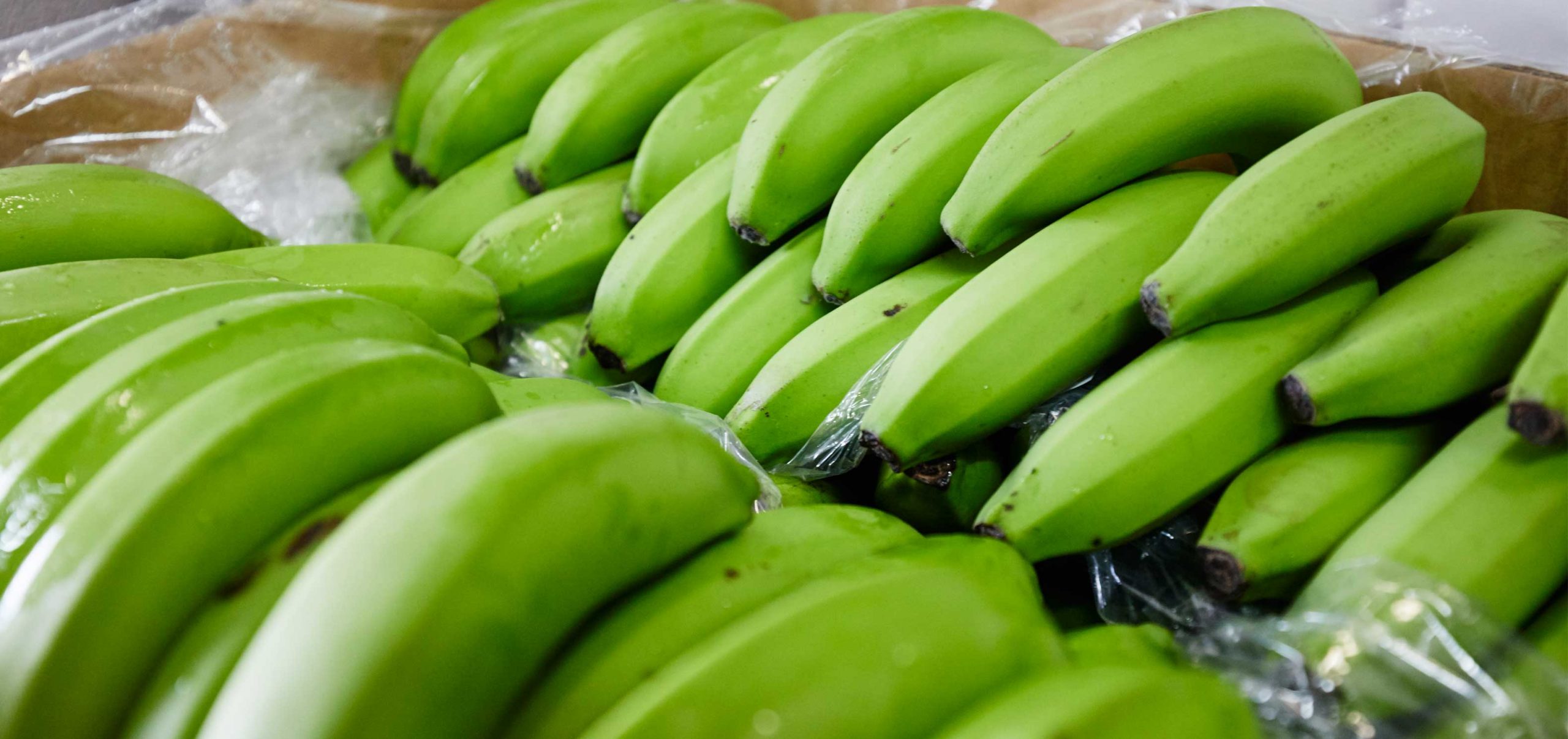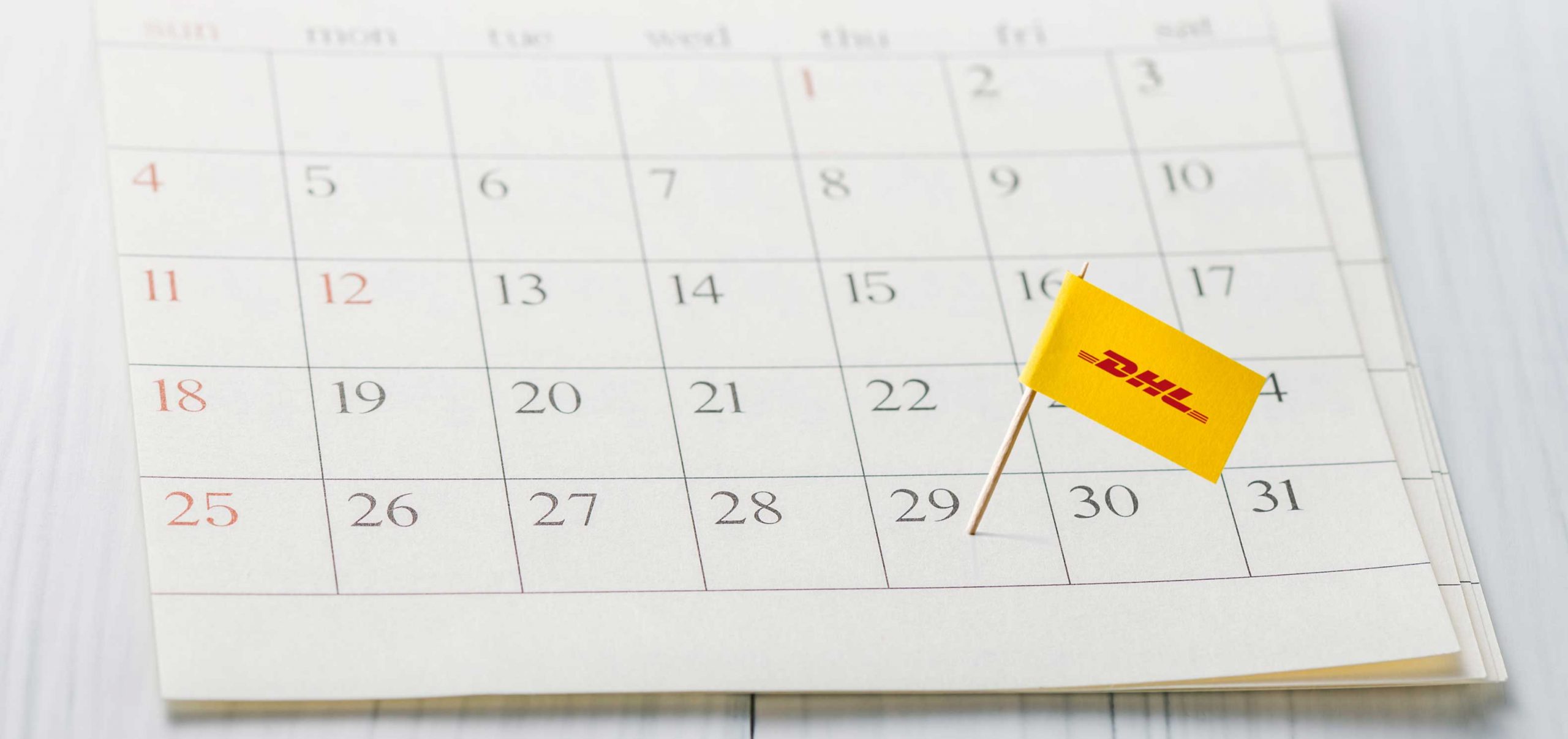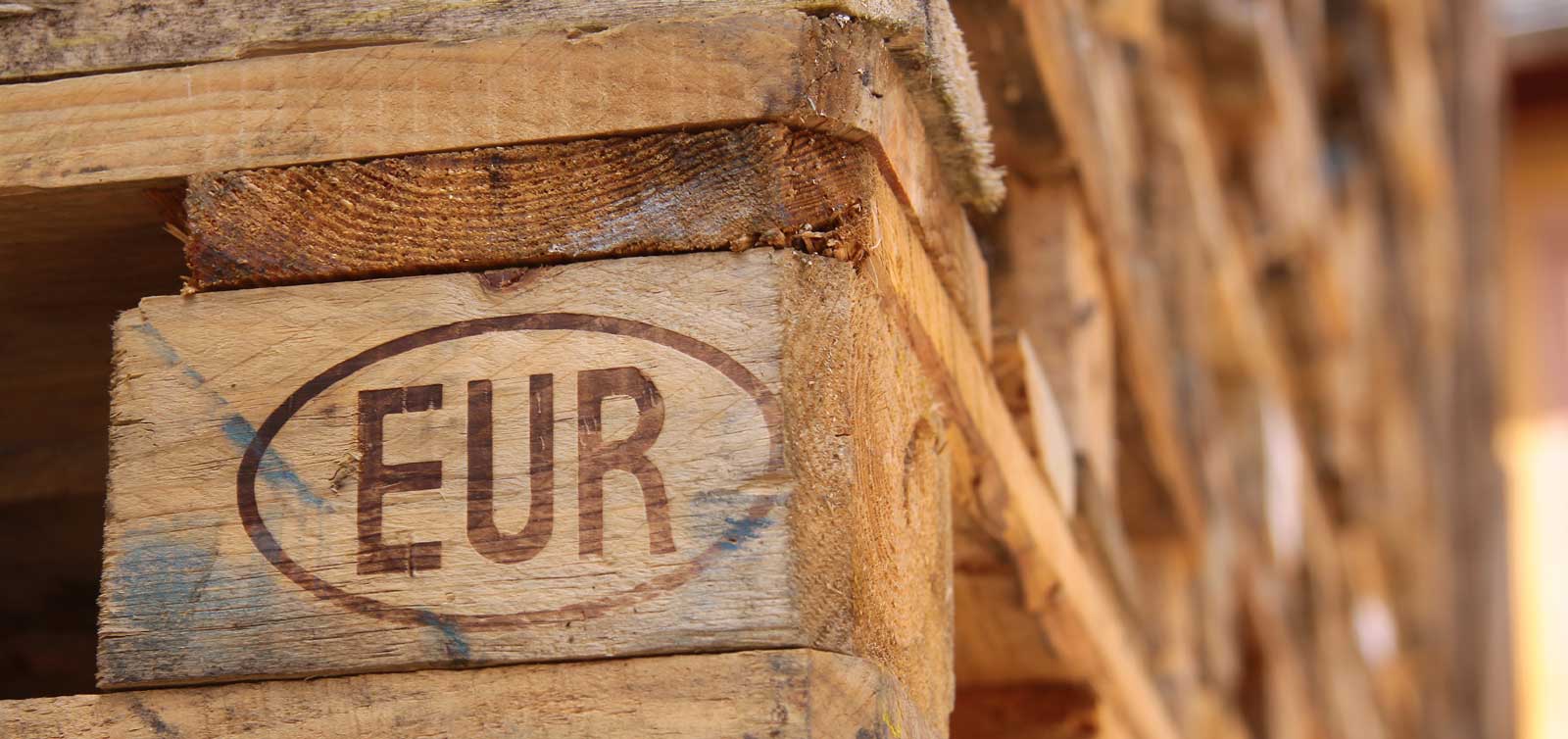
<!--[CDATA[
Due to their high sensitivity, the transportation of bananas is one of the major challenges in food logistics. DHL FoodLogistics has found the best way of transporting this popular fruit. 13.3 degrees Celsius – that's the magic number when it comes to transporting bananas. If the air temperature exceeds this value during the transport, the fruit begins to mature and arrives at the consumer brown and mushy. More than one degree cooler, and the bananas suffer from cold damage. This makes them grey and inedible. For this reason, the aim of all those involved in the transportation of bananas is a consistent cold chain, from the moment of harvesting to the actual desired start of the ripening process before delivery to the end user.
No stopovers
DHL FoodLogistics, a business unit of DHL Freight, is a specialist in food transportation. Frank Terpoorten, branch manager in Duisburg, has developed his own process to avoid delays when working with Biotropic, an importer of bananas from sustainable cultivation. "In addition to the temperature, it is also important to keep an eye on the overall transport time," says the experienced logistics expert. If it takes more than 21 days, there is a risk that the fruit will tip over and won’t ripen in a controlled manner.
National customs clearance
Instead of having a third-party supplier to unload the bananas in Rotterdam, store them and prepare them for customs clearance, they continue their journey in the refrigerated container all the way to Duisburg without reloading. Inspection and customs clearance takes places once they arrive. The containers remain sealed at all times with special hologram stickers. The customer was initially sceptical about whether this solution could be reconciled with customs regulations, as no other importer offered this option.
But Frank Terpoorten played on his 20 years of experience and his detailed knowledge of legal provisions. "Here we had to be creative. We made use of all the options in the customs procedure and applied for Biotropic's approval as a 'Licensed Weigher' and ‘Authorised Consignee'. This meant that we were able to deliver the goods directly to the customer, without having to stop at customs or rely on customs office opening hours during unloading”, says the branch manager.
With the above permits, DHL FoodLogistics is able to operate a so-called storage warehouse where customs clearance can take place. There, Biotropic employees who have been tested and registered by the customs authorities as licensed weighers, check the weight of 13 boxes per batch. From this, they then calculate the duties due. Thanks to this process, the bananas can be taken straight from the refrigerated container into the ripening room. No unnecessary time is lost, and the retailer is guaranteed to receive the quality of goods they expect.
Thinking outside the box
Initially, both the customer and the authorities were sceptical, but this procedure has now been running smoothly for several years. It has helped to minimise shrinkage loss due to spoiled fruit on the journey from the plantation to the shop floor. Frank Terpoorten and his team of seven fellow employees are ready to come up with unusual solutions, and to convince everyone else involved, if necessary. “It is important to us to find new solutions of doing business and think outside the box!”
Bananas grow in humid areas. These days they are usually grown as crops on plantations. Using banana knives, the unripe green fruit is harvested in large bunches from trees that are up to nine metres tall. These bunches are then cut into smaller bunches known as hands. Standardised banana boxes and refrigerated containers are usually used for their transport. When they arrive at their destination, the imported bananas are placed in ripening chambers. They are fumigated with ethylene which, combined with the right temperature conditions, artificially triggers the ripening process. The bananas remain in the chamber until they reach the colour preferred for selling. In 2015 alone, Germany imported 1.35 million tons of bananas.
For more information on DHL FoodLogistics please contact: foodlogistics-de@dhl.com
![Frank Terpoorten, branch head DHL FoodLogistics Duisburg, checking the temperature of imported bananas. [Photo: DHL]](http://dhl-freight-connections.com/wp-content/uploads/2018/06/BI_Bananen_Innen_TP-1-300x257.jpg)




